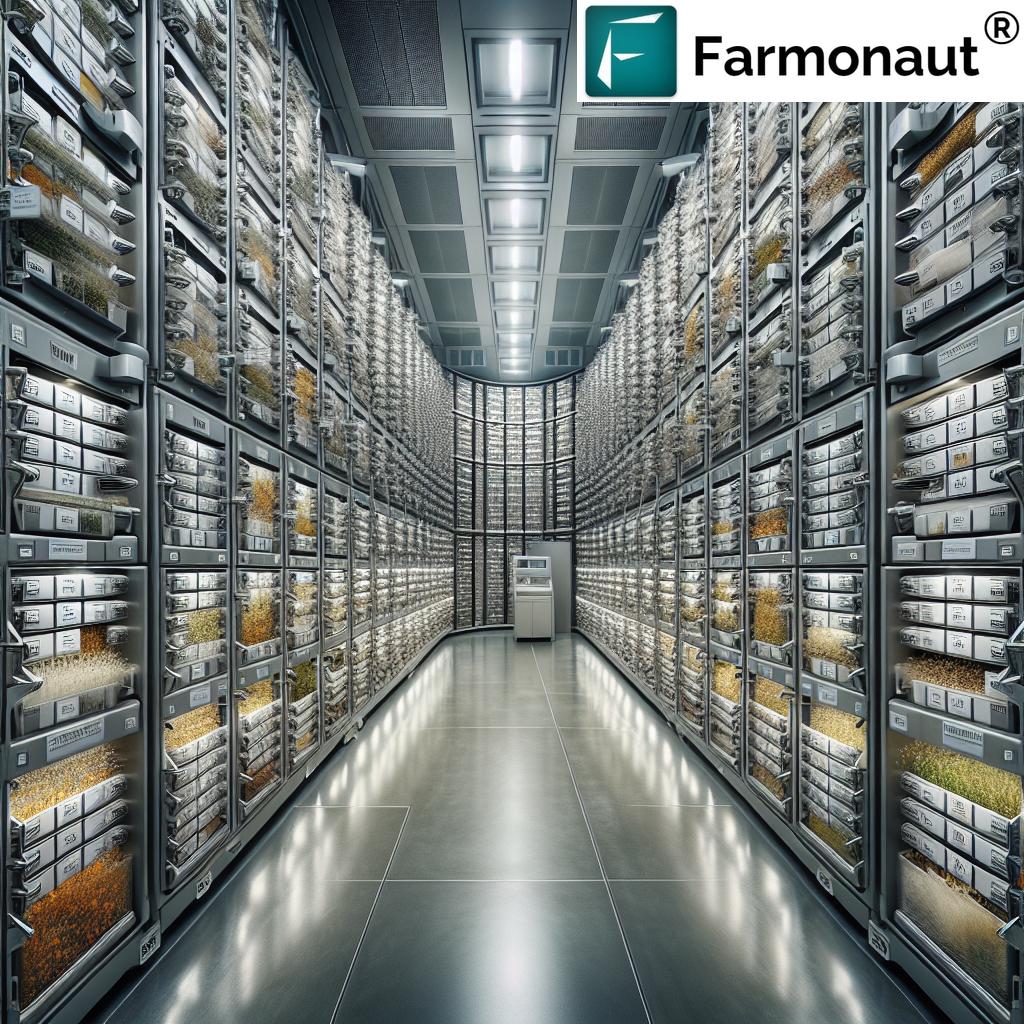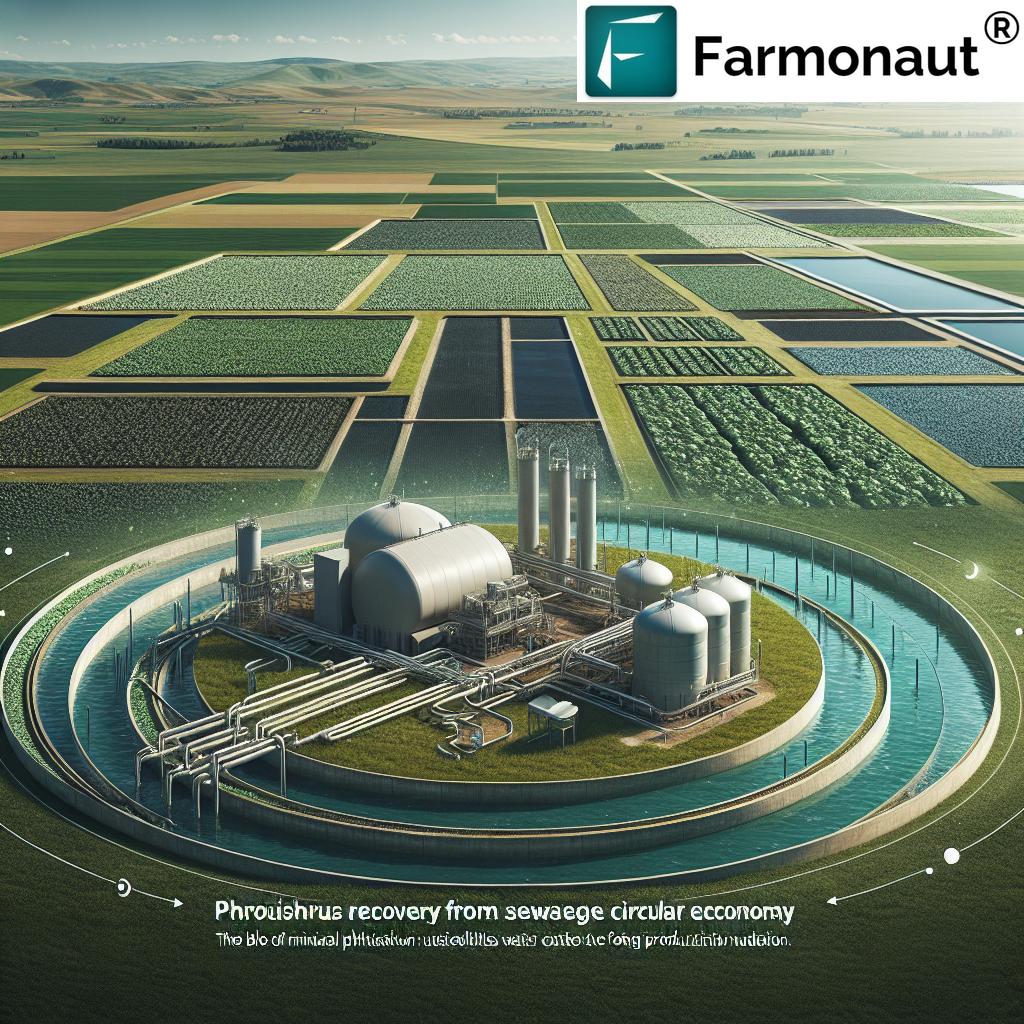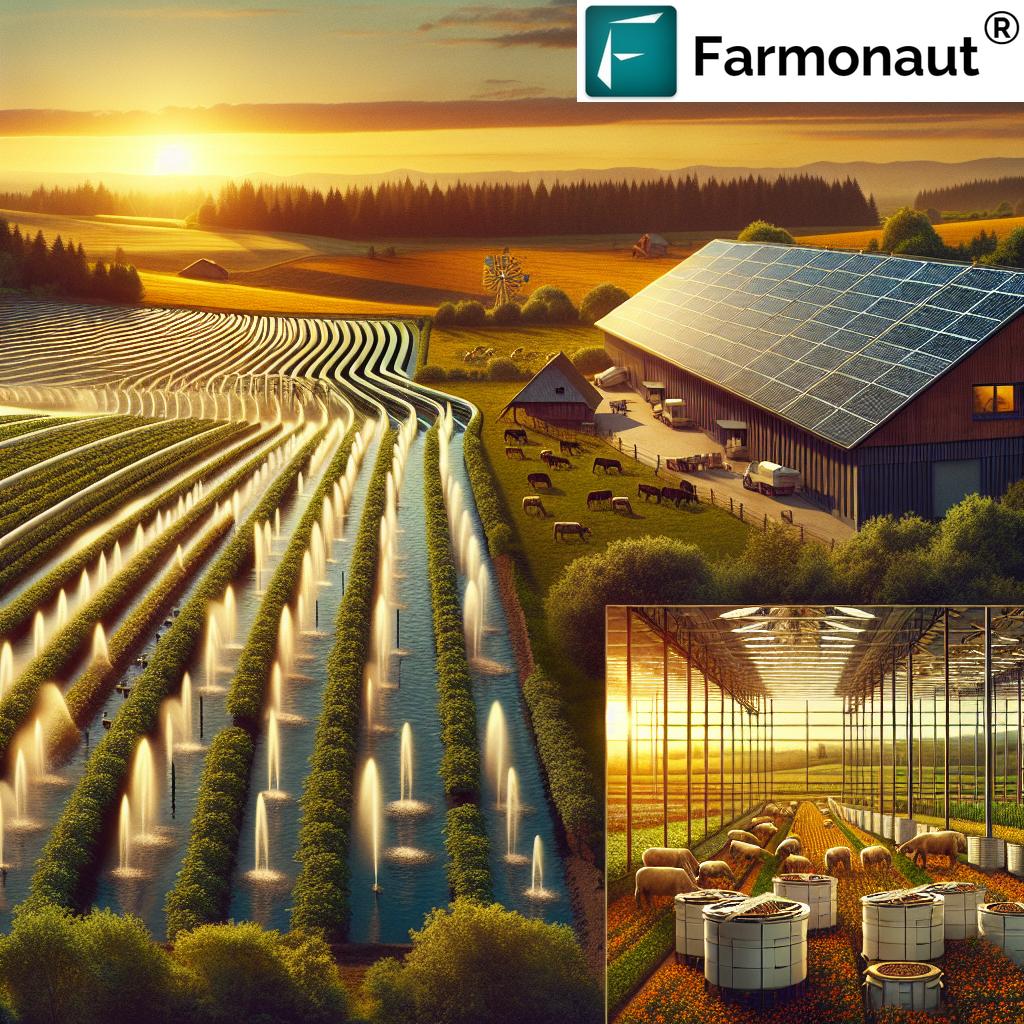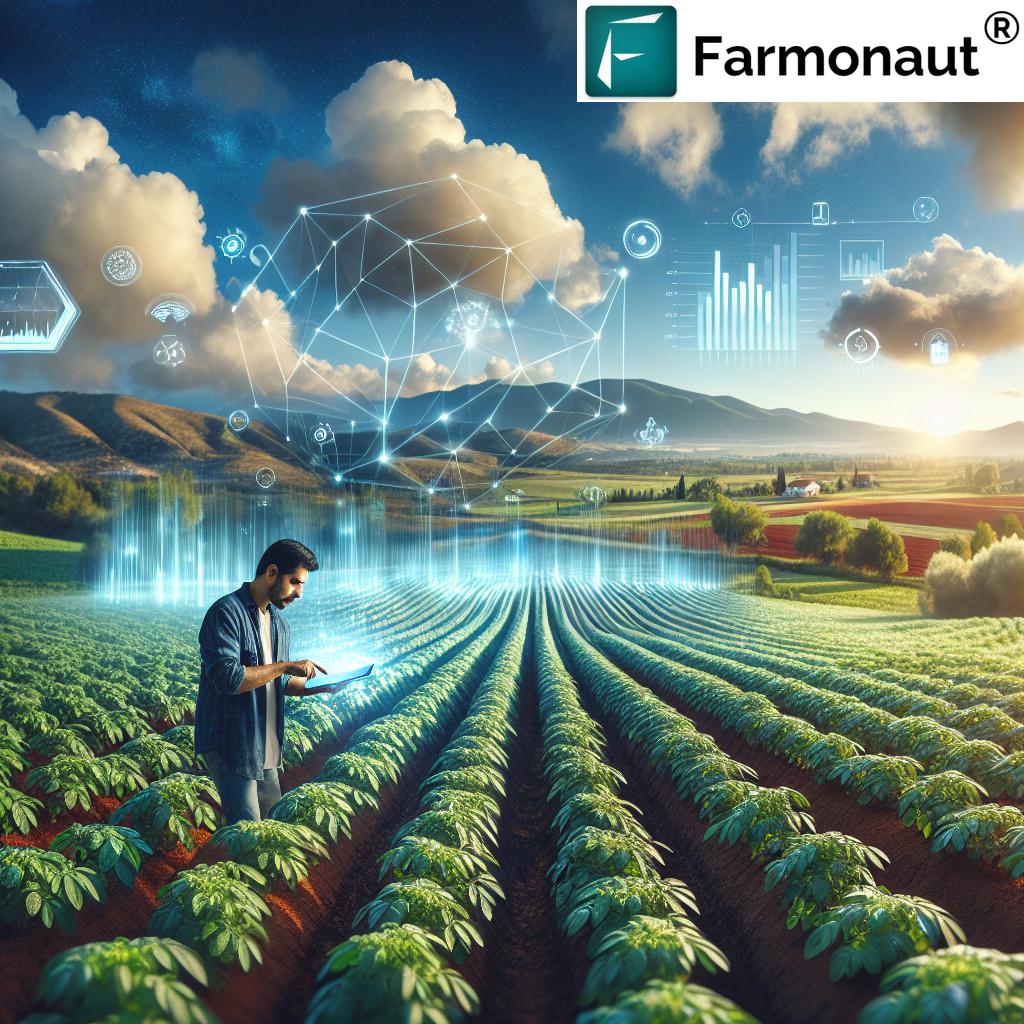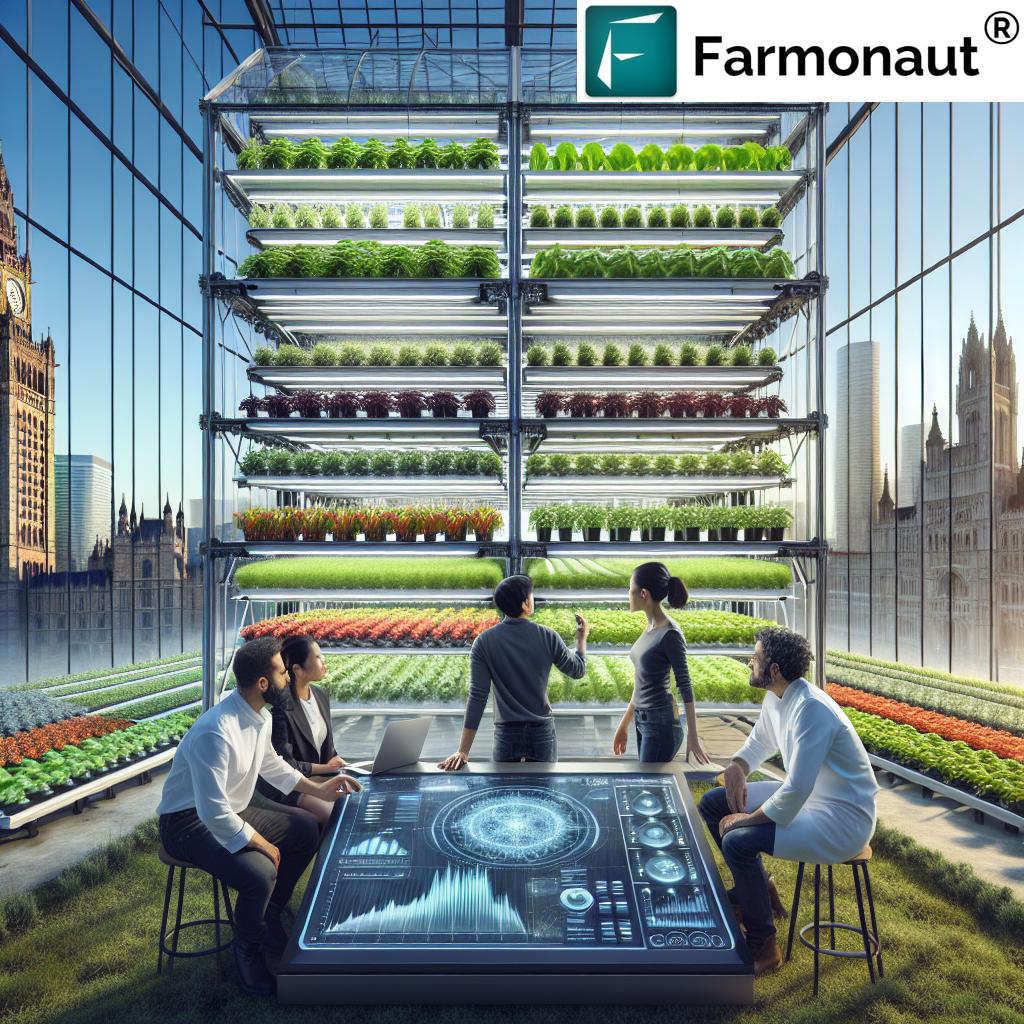Amid Climate Crisis Svalbard Seed Vault: 7 Key Benefits
In the era of accelerating climate change and unprecedented challenges to global agriculture, the Svalbard Seed Vault stands as a beacon of hope. Located deep within the arctic region on Spitsbergen Island in the Svalbard archipelago of Norway, this unique facility has been meticulously designed to safeguard the diversity and viability of the world’s crops for future generations.
Our collective food security hinges on preserving crop diversity, especially as natural disasters, conflicts, and environmental crises threaten vital genetic resources for future agriculture. This arctic seed storage facility – often called the “Doomsday Vault” – plays a pivotal role as a global seed bank, providing a secure backup against catastrophes that could undermine agricultural sustainability worldwide.
In this in-depth blog, we’ll explore the top seven benefits of the Svalbard Seed Vault in the context of climate mitigation, biodiversity conservation, and food resilience. We’ll also demonstrate how Farmonaut – a pioneer in satellite-based farm management and digital agriculture – complements the mission of crop resilience through technology and sustainability-driven tools.
“The Svalbard Seed Vault stores over 1.2 million seed samples, safeguarding global crop diversity against climate change.”
Design and Functionality of the Svalbard Arctic Seed Storage Facility
The Svalbard Seed Vault is more than just a building—it’s a fortress embedded within the solid rock of a mountain on the remote Spitsbergen Island, chosen especially for its geological stability, permafrost conditions, and isolation in the arctic archipelago of Norway. The location leverages natural refrigeration (thanks to the deep arctic cold) and cutting-edge passive- and active-cooling systems, ensuring that seeds are preserved for centuries.
Let’s break down what makes this facility such an effective long-term guardian for the world’s plant genetic resources:
- Geological Stability: Built inside a mountain with low tectonic activity and stable geological strata.
- Permafrost Refrigeration: Perpetually cold temperatures (often below -18°C), offer natural refrigeration, essential for preserving seed viability without relying solely on mechanical systems.
- Isolation: Remote placement means low risk from human conflict, war, or industrial accidents.
- Flood and Water Intrusion Defense: Architected above sea level and equipped with sloped tunnels and waterproof doors to prevent water intrusion, protecting the stored seeds against arctic melt or severe weather events.
- Disaster-Resilience: The vault is engineered to withstand nuclear attacks, global pandemics, and multiple other catastrophes.
As of June 2025, the Svalbard Seed Vault conserves over 1.3 million seed samples, representing 13,000 years of agricultural history—an incredible testament to our global commitment to food security in times of crisis.
How the Svalbard Seed Vault Preserves Genetic Diversity
To achieve crop diversity preservation, the arctic seed storage facility keeps backup samples of seeds sent by more than 1,700 individual gene banks and organizations, including national, regional, and indigenous communities from over 100 countries. Each contributor retains ownership of its deposits, using the vault as a global safety net.
Recent Water Intrusion and Upgrades: Seed Bank Challenges and Solutions
No system is infallible; in October 2016, unexpectedly warm weather and heavy rain led to minor water intrusion at the entrance. While no seeds were damaged (thanks to additional internal vault protections) and upgrades, this event emphasizes ongoing challenges in adapting to changing climatic conditions within even the most secure facility. Maintaining the integrity of stored seeds is a dynamic, evolving task.
We must continue to innovate in seed preservation—continually incorporating new samples and updating storage protocols to counteract this “biological lag,” ensuring that the genetic material inside evolves with nature.
Why Svalbard in Norway? Location, Location, Location
- Norway: Internationally trusted, politically stable, and actively invested in sustainable development.
- Svalbard Archipelago: Exceptionally remote, far from geopolitical conflicts but still accessible for global contributors.
- Spitsbergen Island: The largest in the group, featuring mountains with thick layers of permafrost, perfect for long-term seed preservation.
Seed Deposits and Global Participation: A Truly International Effort
The Svalbard Seed Vault thrives with international, national, and regional collaboration. Independent gene banks, indigenous communities, public institutions, non-profits, and even concerned citizens play a part in securing “duplicate” seed samples from all corners of the globe.
The significance of this shared effort can be seen in October 2024, when the vault received over 30,000 new seed samples from 23 depositors in 21 different countries. This broad array demonstrates the united front against overlapping threats: climate change, conflict, crop loss, and even technological disaster. Each contributor’s deposits act as a safeguard, reinforcing the world’s biological safety net.
- National Seed Banks: Often act as primary depositors, sending native and major agricultural crop varieties.
- Regional Institutions: Address the unique biodiversity needs and climate conditions of specific global regions.
- Indigenous Communities: Provide landrace and heritage seeds that may be locally adapted or at risk of extinction.
This rich array of seed types ensures that both mainstream and rare crops are accounted for during preservation, forming the foundation for resilient crop varieties for climate adaptation.
“The Arctic seed vault can preserve seeds for centuries, ensuring food security for future generations amid environmental threats.”
Benefits Comparison Table
| Benefit Name | Brief Description | Relevance to Climate Change Mitigation | Estimated Global Impact | Example Crop/Species Protected |
|---|---|---|---|---|
| Crop Diversity Preservation | Safeguards a vast array of crop seeds from around the world, maintaining a spectrum of genetic traits for use in future agriculture. | Maintains options for breeding climate-resilient varieties as global conditions change. | ~ 1.3 million seed samples impacting food systems globally. | Wheat, rice, maize, barley, millet |
| Genetic Resource Protection | Provides a backup for genetic materials stored in national/regional gene banks, preventing loss from local disasters. | Assures continued access to unique traits for adaptation and breeding. | All 100+ contributing countries’ agricultural diversity saved. | Sorghum, peas, beans, wild relatives |
| Food Security and Crisis Response | Acts as a global insurance policy; enables restocking of crops after war, natural disaster, or other crises. | Ensures food production can recover after catastrophic events. | Helped recover lost materials after conflicts in Syria, etc. | Lentils, chickpeas, local cereals |
| Resilient Crop Varieties for Climate Adaptation | Stores genetic variants with natural resistance to drought, pests, or extreme weather. | Supports breeding programs to address climate extremes. | Potential to secure billions of people’s nutrition. | Drought-resistant wheat, flood-tolerant rice |
| Support for Scientific Research | Enables plant scientists to study old and new varieties, facilitating breakthroughs in breeding, nutrition, and disease resistance. | Provides gene sources for research into climate-smart crops. | Boosts innovation potential across continents. | Ancient grains, wild tomatoes |
| Empowerment of Local and Indigenous Communities | Protects traditional and heirloom seeds, supporting cultural heritage and local adaptation knowledge. | Enables community-led resilience in changing environments. | Hundreds of local landraces saved. | Heritage beans, indigenous maize |
| Inspiration for Global Seed Preservation Efforts | Acts as a model for other seed banks and highlights the value of collaborative genetic resource conservation. | Accelerates global action for sustainability and biodiversity protection. | Sparks investment and new initiatives worldwide. | All crops, all regions (symbolic impact) |
Amid Climate Crisis Svalbard Seed Vault:
7 Key Benefits Explained
1. Crop Diversity Preservation
At the heart of the Svalbard Seed Vault’s role is crop diversity preservation. By sheltering more than 1.3 million seed samples, we preserve the broad genetic diversity that makes agriculture resilient, adaptable, and sustainable across changing generations. Each seed is a potential answer to future climate challenges, crop disease, or nutrition needs.
- Why it matters: Diversity is vital to breed new varieties that are pest-resistant, climate-resilient, or tailored for improved nutrition.
- How it helps amid crisis: When drought, disease, or changing weather strike, a wide gene pool means we have options for replanting and restarting local agriculture, securing food security in times of crisis.
2. Genetic Resource Protection
The Seed Vault is not just a deposit; it’s a protected backup for thousands of international, national, and regional seed banks that may be subject to local disasters, political instability, or technological failure.
- Insurance for gene banks: If any local gene bank loses materials due to flood, war, or technical breakdown, the original seeds can be utilized for restoration.
- Biological security: This ensures continuity of scientific, food, and breeding programs globally.
With climate-related risks increasing—inundations, droughts, or even deliberate destruction during conflict—this backup system is more crucial than ever.
3. Food Security and Crisis Response
The Svalbard Seed Vault serves as a global food “insurance policy”, providing an immediate resource for rapid restoration of locally adapted seed varieties in regions facing agricultural collapse.
- Examples in action: Following crises in the Middle East, the vault helped replenish region-specific seed banks destroyed in war, reestablishing food production and stability.
- Resilience: The ability to restore native agriculture after a catastrophe prevents famine, mass migration, and economic instability.
4. Resilient Crop Varieties for Climate Adaptation
Within the vault lies an array of genetic traits—from drought resistance and disease immunity to rapid growth and salt tolerance—empowering scientists and farmers to breed resilient crop varieties for climate adaptation.
- Mitigation through diversity: Genetic variation accelerates our ability to withstand new pests, extreme weather, or rising temperatures.
- Examples: Drought-tolerant wheat, flood-resistant rice, and pest-resistant maize are all possible thanks to seed-based genetic research.
Preserving such materials forms our frontline defense as the climate warms and environmental challenges intensify.
5. Support for Scientific Research and Plant Breeding
Access to ancient and modern plant genetic diversity accelerates breakthroughs in plant breeding, enabling the development of robust crop varieties to withstand a changing climate.
- Research Impact: Extinct or lost crop genetic material can often only be found in backup repositories like Svalbard, ensuring continued innovation in breeding and food science.
- Climate-Smart Varieties: The seed vault broadens the genetic palette available for agriculture adapting to unpredictable future conditions.
6. Empowerment of Local and Indigenous Communities
The Seed Vault honors and supports indigenous knowledge and community-led crop preservation by accepting and safeguarding traditional seeds no longer recognized in commercial agriculture.
- Preserving cultural heritage: Seeds from local or indigenous communities may carry traits uniquely suited to specific regional conditions and cultural practices.
- Biodiversity: Saving a broad array of plant genetics expands sustainable cropping options globally.
7. Inspiration for Global Seed Preservation Efforts
The visibility and scale of the Svalbard Seed Vault inspires new initiatives, increased funding, and greater emphasis on sustainability in food systems management.
- Symbolic power: The existence of a secure, international “Doomsday Vault” demonstrates the importance of long-term planning and collaborative global efforts.
- Replication: Encourages the construction of new seed banks, the overhaul of older facilities, and innovative forms of genetic resource management around the world.
Recent Developments in Global Seed Preservation Efforts
- Men behind the Doomsday Seed Vault in the Arctic win World Food Prize
- Doomsday Arctic Seed Vault gets deposit of 30,000 new samples
- Crop Trust seeks more funding to protect global seed diversity
Global events—such as the COVID-19 pandemic, the ongoing conflict in Ukraine, and the rising frequency of extreme natural disasters—underline the critical need for resilient agricultural systems. In April 2024, Norway announced additional funding to increase national grain reserves, providing a vital safety net for food security in times of crisis.
Non-profit organizations, including the Crop Trust, are issuing urgent calls for increased investment to secure the full breadth of our crop gene pool. This is critical in an age where climate and sociopolitical challenges threaten both regional and global food systems.
Are you working on building long-term sustainability within your farms or agribusiness? Discover Farmonaut’s Carbon Footprinting Tool, enabling you to actively monitor and reduce your environmental impact—a crucial step for all food producers adapting to climate and regulatory changes.
Modern supply chains demand trust and transparency, especially in food systems. Explore Farmonaut’s Blockchain-Based Traceability Solutions, allowing food companies and cooperatives to secure every link, from field to fork, in an age where food origin and authenticity are more important than ever.
Farmonaut Solutions for Sustainable Agriculture
While the Svalbard Seed Vault preserves genetic heritage for the planet, Farmonaut equips today’s farmers, agribusinesses, and governments with advanced digital tools to optimize, protect, and modernize agriculture today.
How Farmonaut Empowers Growers
-
Satellite-Based Crop Health Monitoring: Gives you real-time vegetation and soil health insights, so you can manage irrigation, detect stress, and respond to pests with maximum efficiency—improving yields and saving resources.
Check out our large-scale farm management features. - AI and Jeevn Advisory System: Personalized digital crop advice and weather forecasts generated from the latest satellite and climate datasets.
- Blockchain-Backed Product Traceability: Ensures every crop or product can be traced securely, supporting sustainability claims and reducing fraud.
- Fleet & Resource Management: Optimize machinery and fleet usage to cut costs and emissions; see more at our Fleet Management solutions.
- Access to Financing: Verify your crops through satellite—make crop loan and insurance processes smoother and fairer with Crop Loan and Insurance services.
All services are available via web & mobile platforms, with scalable API access (API here | API Docs) for easy integration into your digital systems.
Whether you’re managing a single farm or operating at national scale, Farmonaut puts powerful precision agriculture at your fingertips.
For resource or weather insights, farm traceability, or environmental compliance, Farmonaut has a solution for you.
Frequently Asked Questions
What is the Svalbard Seed Vault and where is it located?
The Svalbard Seed Vault is a secure seed bank and arctic seed storage facility located within a mountain near Longyearbyen on Spitsbergen Island, part of the Svalbard archipelago in Norway. Designed to safeguard a broad array of global crop seeds, it serves as a long-term backup for preserving crop genetic diversity, especially as a measure against catastrophes such as natural disasters, war, and climate threats.
How does the vault address climate change and food security?
By storing a vast diversity of crop seeds and genetic material, the Svalbard Seed Vault ensures resources remain available for breeding resilient crop varieties to adapt to changing climates and respond to future food shortages. Its secure, permafrost-and-refrigeration-protected location makes the seeds viable for centuries, acting as a critical global resource for food security in challenging times.
Who can deposit seeds into the Svalbard Seed Vault?
Seed deposits come from international, national, and regional gene banks, as well as indigenous communities. Contributors retain ownership and control of their seeds. The vault currently conserves over 1.3 million seed samples from more than 100 countries, supporting both large-scale staples and unique local crops.
What happens if the seed bank experiences a disaster like water intrusion?
The Svalbard facility’s design—including its elevation above sea level, sloped tunnels, and robust waterproof barriers—protects stored seeds from water intrusion and natural disasters. A notable incident in 2016 demonstrated the vault’s resilience, with no seeds damaged and subsequent upgrades enhancing future disaster protection.
How often are the seeds updated or replenished?
Regular seed deposits and withdrawals ensure that the genetic diversity in storage remains current and viable. Leading organizations encourage contributors to periodically update inventories to minimize the risk of biological lag, ensuring crops stored will still be relevant and viable for future generations.
How do technologies like those from Farmonaut support the mission of the Seed Vault?
While the Seed Vault preserves plant genetic diversity for future food security, Farmonaut empowers today’s agriculturalists with tools for real-time satellite-based crop monitoring, resource optimization, carbon footprint tracking, and blockchain-based traceability. These technologies promote sustainable farming now, complementing long-term seed preservation by improving crop yields, resource management, and supply chain transparency.
How is Farmonaut different from a seed bank or marketplace?
Farmonaut is an agricultural technology platform focused on data-driven farm management and sustainability, not a seed bank, marketplace, or regulatory agency. It offers technology-based solutions across crop health monitoring, AI advisories, traceability, and resource management, delivering value through insight, digitalization, and environmental compliance.
Conclusion
The Svalbard Seed Vault, nestled deep in the arctic region of Norway, epitomizes a proactive global approach to climate change and food security. By collecting, preserving, and renewing a vast diversity of crop seeds from around the world, it ensures that humanity has access to essential genetic resources for future agriculture.
As environmental challenges become more severe, the importance of dedicated preservation facilities grows, along with the need for innovation in agricultural practice. This is where Farmonaut steps in—empowering every farm or agribusiness with technology for immediate crop health monitoring, resource optimization, and digital compliance.
Together, the Seed Vault and our technology-driven efforts build resilience not just for today, but for generations to come. With comprehensive global seed preservation efforts and modern farm management, we can better withstand the uncertainties ahead and secure the world’s food future.
Discover how you can join the new wave of sustainable, data-smart agriculture with Farmonaut:






